Stop already, you say. You’ve heard it all before: Drink plenty of water, stay hydrated, and stay healthy. You may think it’s boring. It’s old advice.
But even though this is sage advice, few people pay conscious attention to the amount of water they drink in a day. How much do you drink daily on average? Do you even know? How do you know if you are getting enough?
Read on to learn about the dangers of dehydration, and discover easy recipes for fruit, vegetable, and herbal flavored water drinks that encourage you to hydrate.
How to Make Flavored Water Drinks
While plain water will quench your thirst, it can get pretty dull. To encourage water consumption, many folks reach for packaged (and often sugary) flavored water drinks.
These little plastic bottles of flavored water, in addition to contributing to the pollution of the planet, also contain too much sugar, sodium, and artificial sweeteners to be considered healthy — especially for individuals with kidney disease. If anything, they’re closer to sugary drinks than hydrating water.
The good news is that homemade flavored water is simple and easy to make without artificial sweeteners or toxic chemicals that compromise our good health. And they add a little more excitement to your average glass of water.
Ingredients
To make your own flavored water at home, you’ll need some supplies and ingredients.
- Large water pitcher
- 6 to 8 cups of water
- Wooden spoon
- Any combination of fresh herbs, vegetables, fruits, and spices you like (we’ve got some ideas below)
Instructions
- Wash, remove any seeds, and slice or dice all your ingredients.
- Add chopped fruit, herbs, and vegetable pieces to a pitcher of cool water.
- Use a wooden spoon to mash the ingredients and release their flavors.
- Place the sealed container in the refrigerator overnight before drinking.
For a change of pace, add fruits, herbs, and vegetables to sparkling water or herbal tea. When you use your imagination, there is no limit to the flavored water drinks and combinations you can create. Find more delicious flavored waters and mocktail recipes at Pioneer Woman.
Flavored Water Drink Combinations to Consider
Some of our favorite fruits for flavored water drinks include all citrus, cherries, grapes, cantaloupe, ginger, pears, plums, pomegranates, blueberries, raspberries, strawberries, cranberries, pineapple, and apples.
Popular herbs to use as water enhancers include parsley, mint, fennel, cinnamon sticks, nutmeg, cardamom, lavender, or whole cloves.
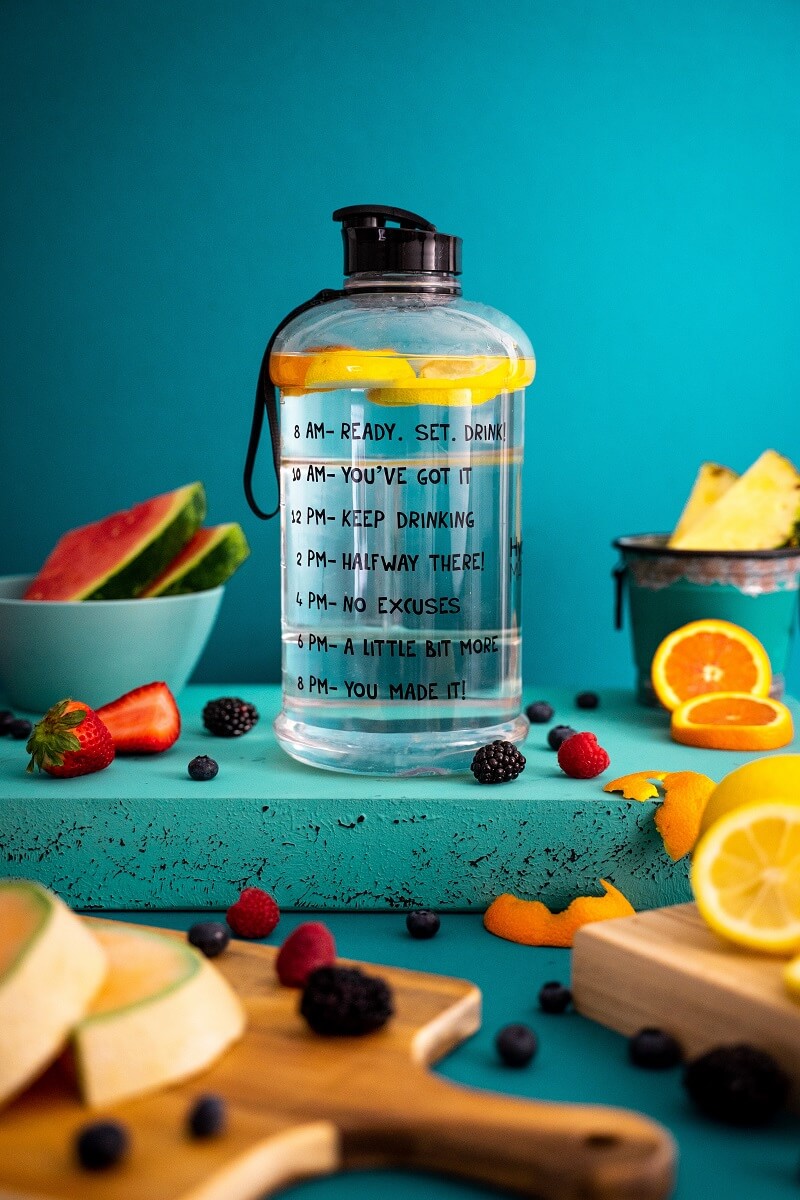
Of course, you can combine any number of fruits, vegetables, and fresh herbs that sound appealing to your taste buds. But if you want a little inspiration, here are a few flavored water drinks to consider.
Crushed Raspberries and Peach Slices
Crush up a handful of fresh raspberries and pair them with peach slices for a sweet and tart addition to your water.
Fresh Mint and Cucumber
Cool and refreshing, mint and cucumber are a classic flavored water drink. To release the flavor of the mint, consider muddling it before combining it with ice water.
Strawberry and Lime
Sweet and zesty, this flavored water drink is sure to be satisfying on a sunny, hot day.
Lemon and Mint
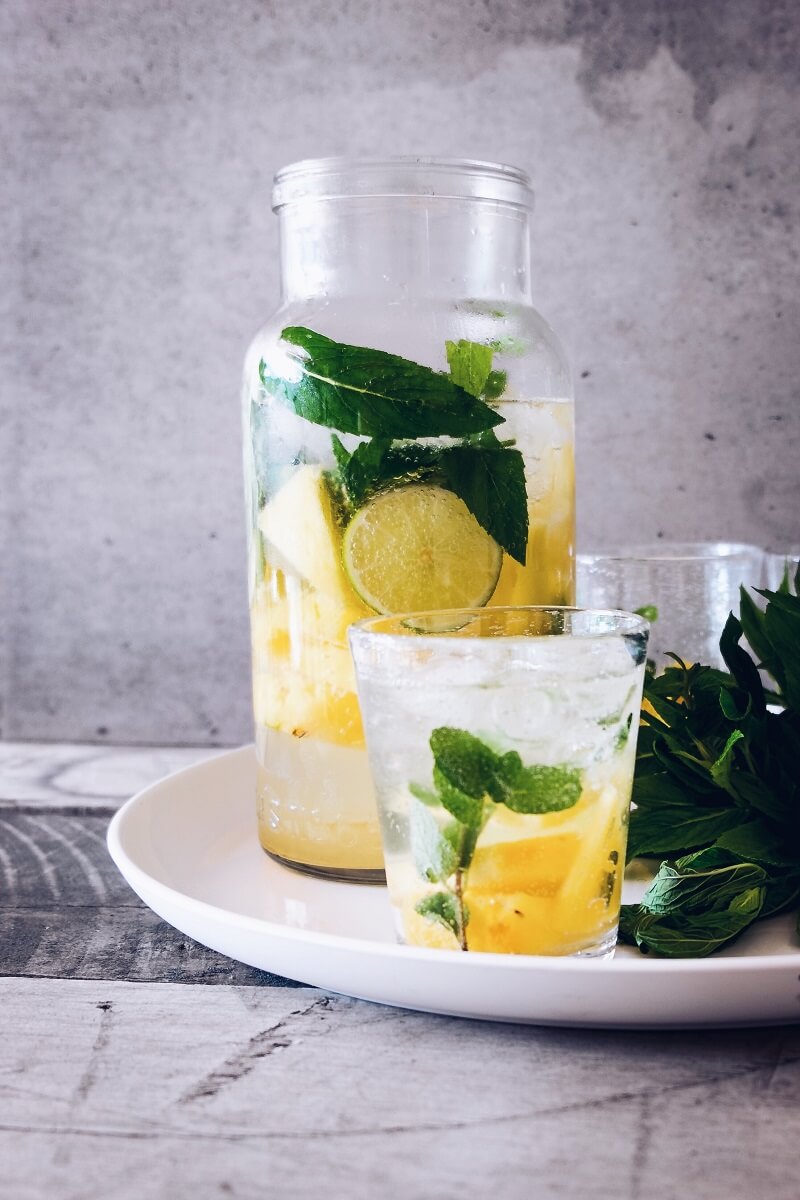
Zesty and cooling, lemon and mint are a refreshing combo. Or, if you feel a cold coming on, a hot cup of steeped lemons and mint can give your sore throat some relief.
Watermelon and Strawberry
Either slice up fresh pieces of watermelon and strawberry or puree them with water for an easy blended drink.
Strawberry and Basil
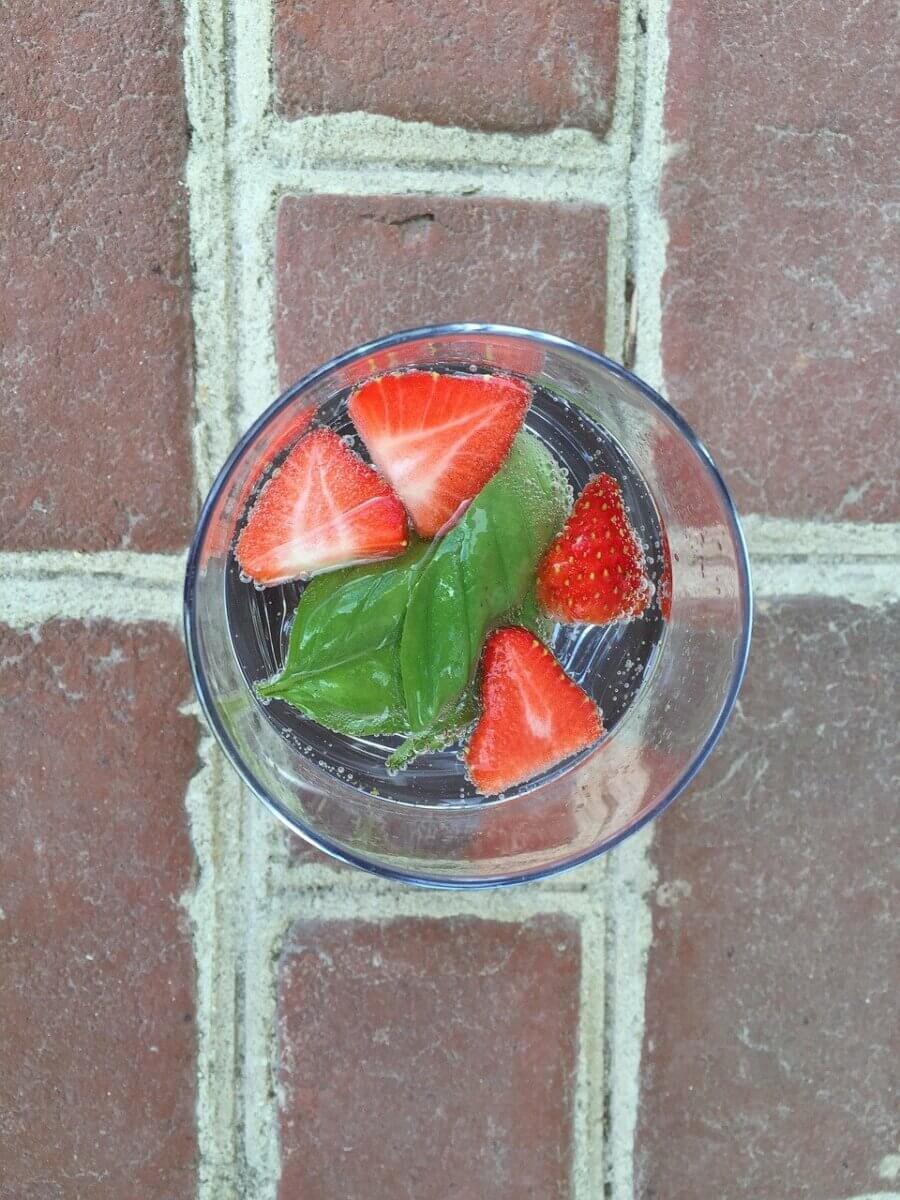
Sweet strawberries and cool, herby basil are a delicious combination because they contrast and complement so well. If you have a basil patch that’s grown unruly, this is a great way to utilize it.
Pineapple, Mint, and Ginger
Fruity, zesty, and minty, this flavored water combination is like a tropical vacay in a cup. Subbing in coconut water would make it even more tasty (and hydrating).
Raspberries
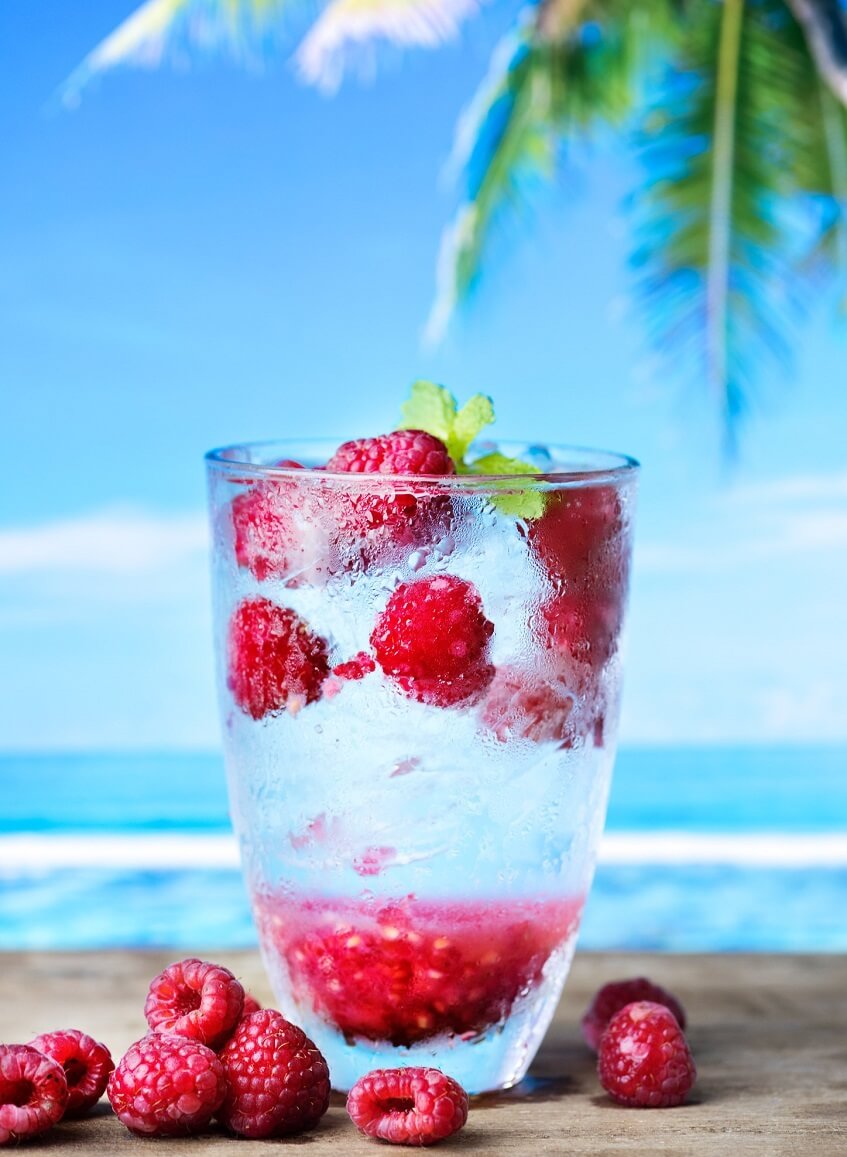
Why make it complicated? Just toss in some fresh or frozen raspberries into a large pitcher of water for a batch of subtly-sweet flavored water drinks.
Grapefruit & Rosemary
Here’s a unique flavored water drink. Zesty grapefruit and rosemary come together to create a surprisingly thirst-quenching refresher.
Lemon and Lime
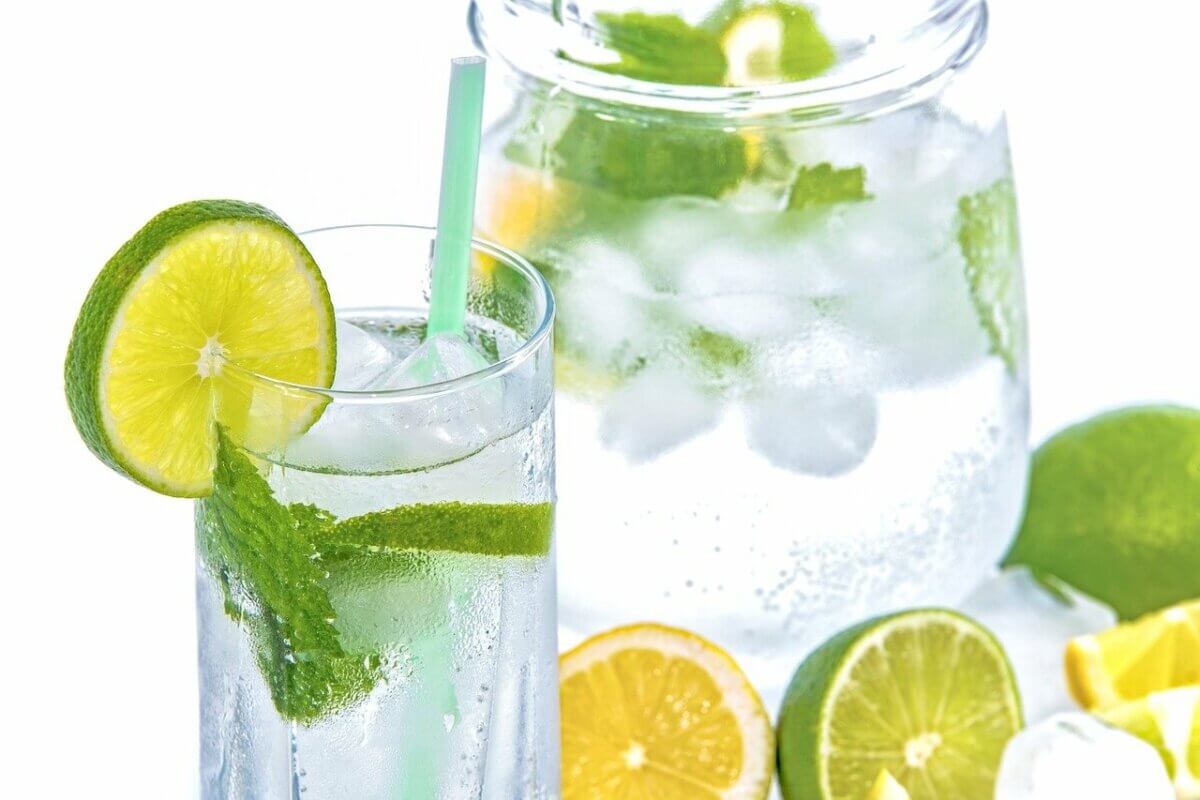
If lemon-lime soda is one of your favorite sugary drinks, you may enjoy it in this much healthier flavored water drink. And if you have an indoor lemon tree that fruiting more than you planned for, this is the perfect way to utilize it.
Strawberry-Lavender Water
If your garden has an abundance of lavender you don’t know what to do with, pair it with some strawberries for this lightly sweet and floral-flavored water drink.
Apple-Cinnamon Water
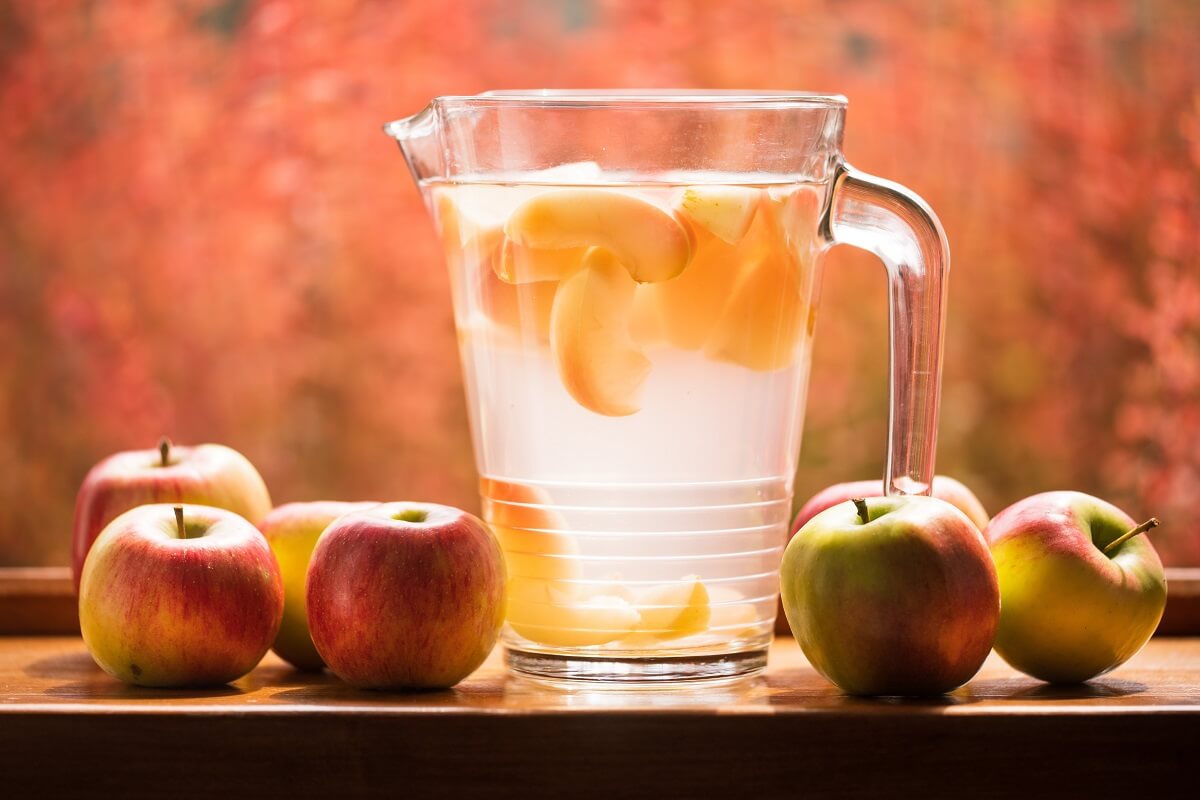
In the fall, an apple-cinnamon infused water would definitely be season appropriate.
Pomegranate and Mango
Sweet and juicy mango pairs well with slightly sour pomegranate seeds in this flavored water drink. Consider muddling the mango ahead of time to release all that sweet goodness.
So, How Much Water Should I Drink?
What is the amount of water a person should drink each day to stay hydrated? It should be an easy question, but there are no set answers.
There isn’t a single guideline that applies to everyone. Medical professionals recommend we drink at least 50 percent of our body weight in ounces of water daily. If you are a very active person or live in a dry climate, it is suggested that you up that amount to 75 percent of your body weight in ounces of water.
We obtain the fluids our body needs from more than the water we drink. All beverages (flavored water drinks, coffee, tea, milk, sodas, juice, energy drinks, and even sugary drinks) contain water.
Related Post: Getting Started With Off-Grid Water Systems For A More Self-Reliant Homestead
Water, on the other hand, has no fat, calories, or caffeine. Water is inexpensive and readily available. We actually obtain a good amount of water in many of the foods we eat. Think about biting into a ripe, juicy peach, and how the sweet liquid bursts.
Fresh vegetables and fruits are an excellent source of water. Cucumbers, grapes, watermelons, and pears are almost totally composed of water. Water in food contributes about 20 percent of the water we consume daily.
What Is Dehydration?
While we might think of dehydration as someone fainting due to excessive sun exposure or an especially draining physical activity, in actuality, dehydration is an insidious state that sneaks up on a person. Oftentimes we can be dehydrated without realizing it.
Do you experience an afternoon slump with a lag in energy? Are you irritable and just not as focused as you would like to feel? Medical science tells us these are all symptoms of mild dehydration. At the point we become aware we are thirsty, endurance, attention, memory, and mental performance have deteriorated by as much as 15 percent.
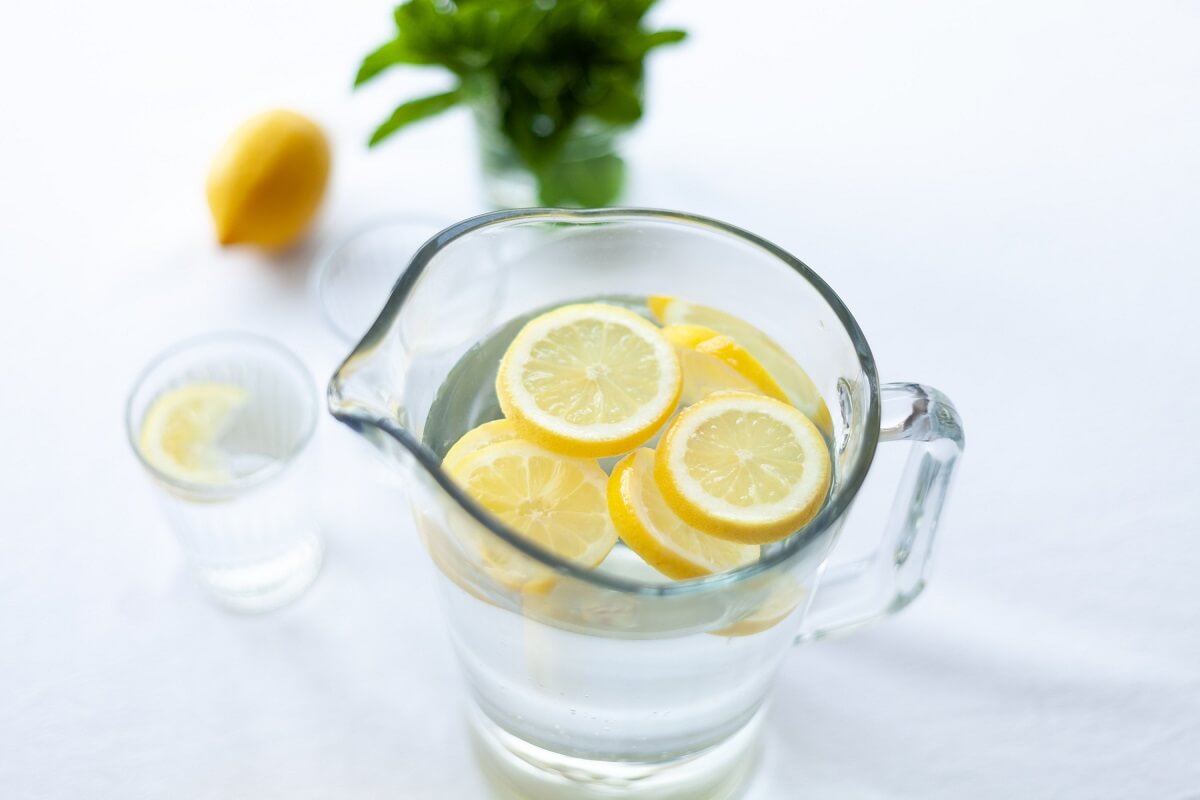
Doctors also alert us that as we age, our body’s ability to create a sense of thirst diminishes; dehydration is a frequent issue in older persons.
Dehydration happens when the body depletes more fluids than are being replaced. The human body normally loses between a half-gallon to a gallon of water every day through our breath, perspiration, bowel movements, and urination. This output elevates with a rise in body temperature and or by exercise activity.
Why Drinking Water Is Important
Every single system in our body demands hydration. Lacking adequate fluids for hydration, our bodies fail to function optimally. Water is the main chemical component in the human body, accounting for 60 to 75 percent of body weight. Humans are about 25 percent solids and 75 percent water. This ratio is remarkable. Our blood, brains, muscles, and lungs all contain water. The brain is made up of 85 percent water.
The body uses water to regulate body temperature, transport nutrients, and flush toxins and waste from vital organs. Water is essential for supporting a moist environment for the eye, ear, nose, and throat tissues.
Water keeps us moving and lubricates our joints. After oxygen, water is the second most crucial element the body requires to support life. A person can go for weeks without food, but a person can’t survive for more than a few days without life-giving water.
When the body is deprived of adequate hydration, a diverse array of unpleasant symptoms manifest including sinus pressure, recurring urinary infections, frequent nosebleeds, shortness of breath, unproductive hacking coughs, constant sneezing, runny nose, stomach distress, headaches, and chronic constipation.
Prolonged mild dehydration leads to acne, weight gain, dull skin, fluid retention, loss of muscle mass, chronic digestive upsets, excessive wrinkles, baldness, and bad breath — all unattractive qualities. Yuck! Drinking more water is a stellar beauty treatment, and compared with all the expensive potions and lotions we use to stave off aging, you can’t beat the price.
Many people suffer these symptoms or attempt to remedy the problem with diet or drugs, when the issue may simply be a lack of water.
References
- Groundwater and Drinking Water, The United States Environmental Protection Agency
- FDA Regulates the Safety of Bottled Water Beverages Including Flavored Water and Nutrient-Added Water Beverages, The United States Food and Drug Administration
- A Guide to Commercially-Bottled Water and Other Beverages, Centers for Disease Control and Prevention


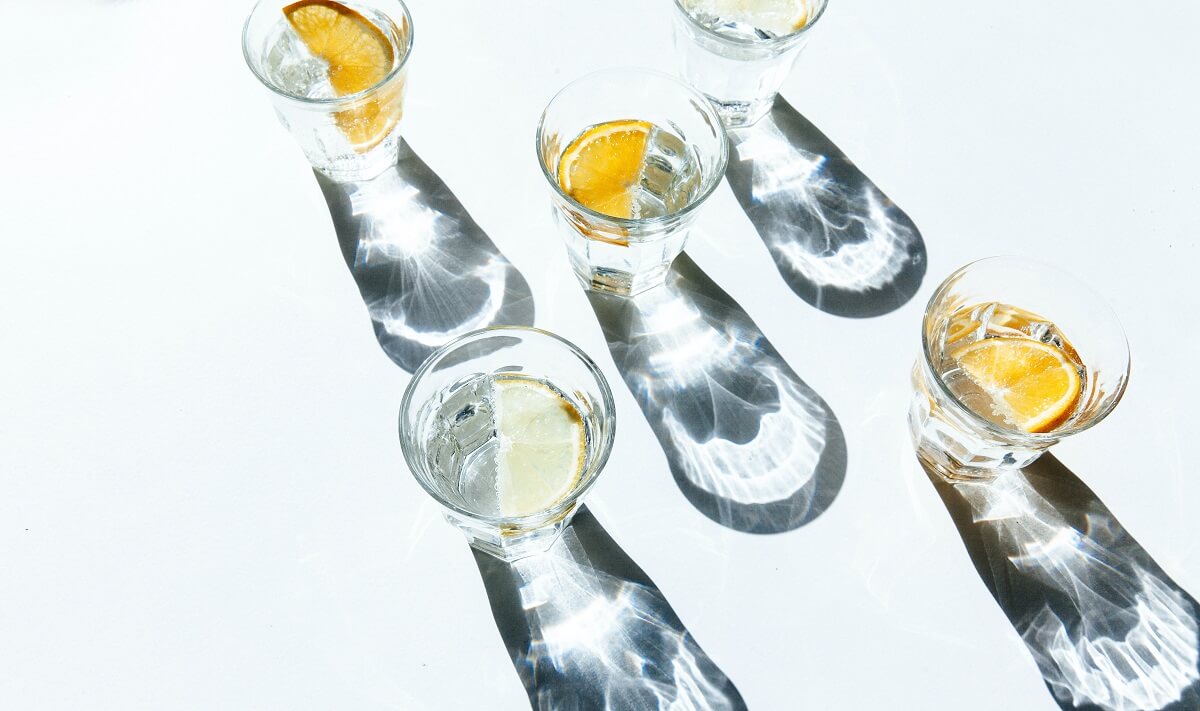

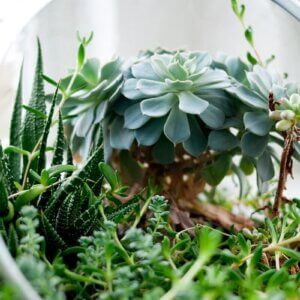

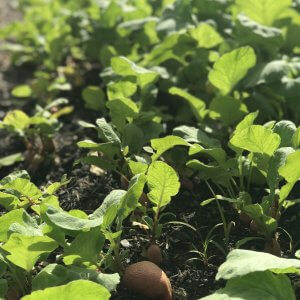


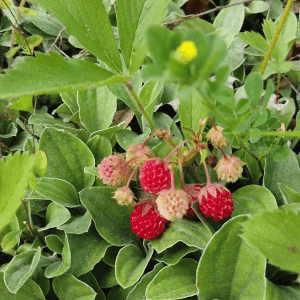
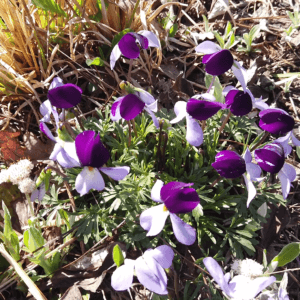




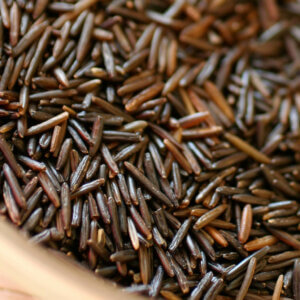


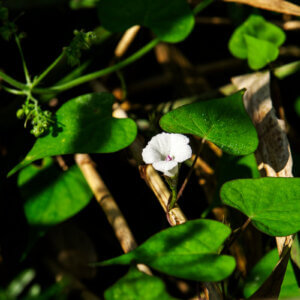
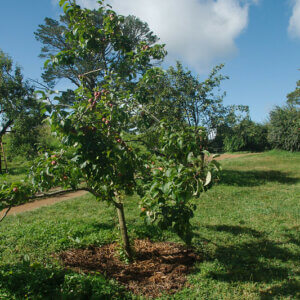




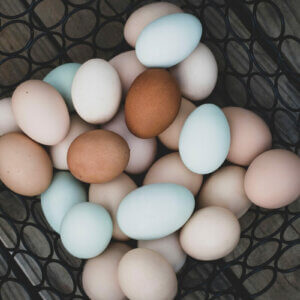





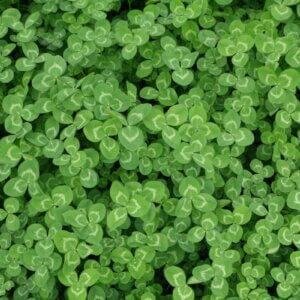
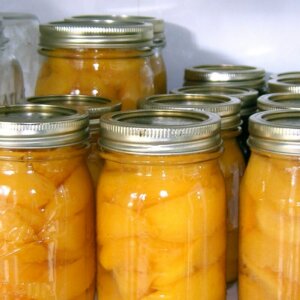

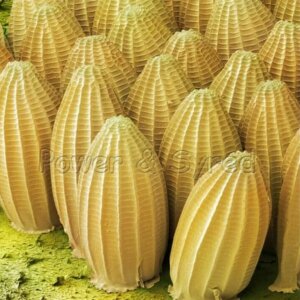
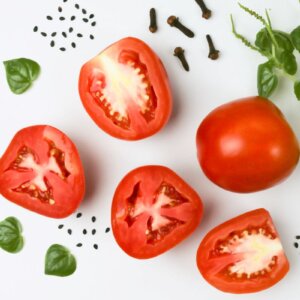
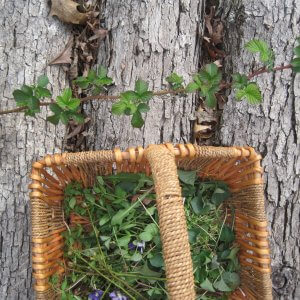
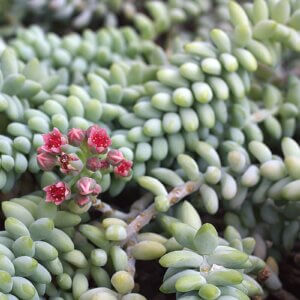

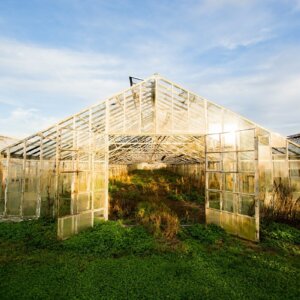
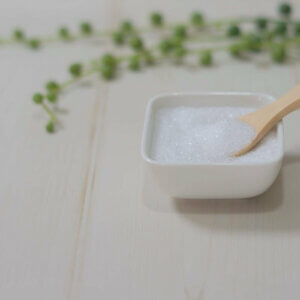
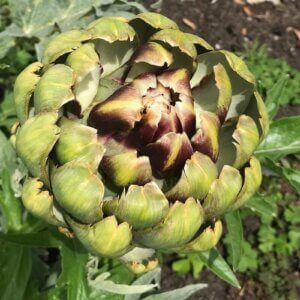


Leave a Reply